Syrian Al Qaeda’s last offensive against Syria’s governmental troops has failed. We have some details about that operation. Particularly, we know that it involved fighters from the CIS.
On Sept 19, Al Qaeda moved from Idlib towards Hama. The attackers attempted to capture a Russian observation post, but special purpose troops and planes helped the Russians out of the encirclement. According to Russia’s Defense Ministry, three Russians were wounded but the attackers were thrown back to their initial positions.
On the day before the operation, Al Qaeda said that the reason they were planning the attack was that the governmental army had broken the ceasefire and had started bombing civil facilities in Idlib. Turkish bloggers say that the attack was a gesture of despair, a reaction to Turkey’s decision to deploy its troops near Idlib. It was also an attempt to bring some of the “moderate” opposition groups to their side. Mostly controlled by Turkey, the “moderate” Syrian opposition refrains from waging an open war with Al Qaeda.

According to military expert Yuri Lyamin, over the last months, Hayat Tahrir al-Sham (former Jabhat al-Nusra) has become the dominant force in Idlib. “They beat their key rival, Ahrar al-Sham, and needed an external victory. They had a chance as the Syrian army and its allies were focused on fighting ISIL in the east of Syria. Hama has always been their cherished goal. In the past, Hama was not very strong and the Syrian army had to send there reinforcements from Aleppo or Palmira. One more annoying factor for Al Qaeda was the deployment of a 29-strong Russian police unit in that region. The killing and the capture of the Russians would have been a great victory for the fighters,” Lyamin said.
According to Plutonium General blogger, Voice of America reporter Joanna Parasiuk, among the attackers were several groups from the CIS, such as Turkmen Islamist Party (TIP), Tawhid wal-Jihad from Uzbekistan and Imarat Kavkaz from Dagestan. Tahrir al-Sham also has recruits from the CIS, particularly, a Caucasian brigade, which was once part of Al Zenki but split from it to stay with Tahrir al-Sham.
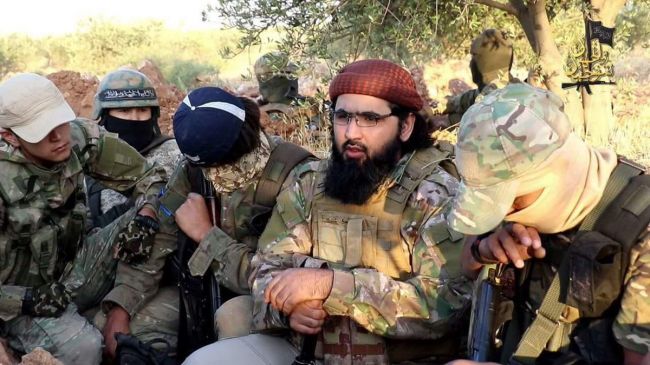
Al Qaeda’s propaganda photos clearly show what the attack has ended in: the Jihadists have burned several portraits of Bashar al-Assad and a few Syrian flags. Nothing else.

According to a pro-ISIL Nidalgazaui blogger, during the operation, Tahrir al-Sham used Grads, tanks and heavy guns. “They launched as many as 120 Grad missiles,” the blogger said.
According to preliminary data, the governmental army has lost 22 men. The attackers have lost much more. On the videos picturing the counterattack, we can see dozens of dead fighters. Among them was commander of TIP Abu Rashid. The photos of him and dozens of other dead TIP fighters can be found on the net.
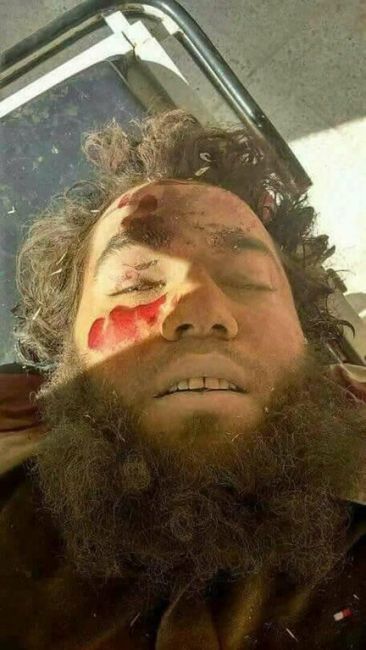
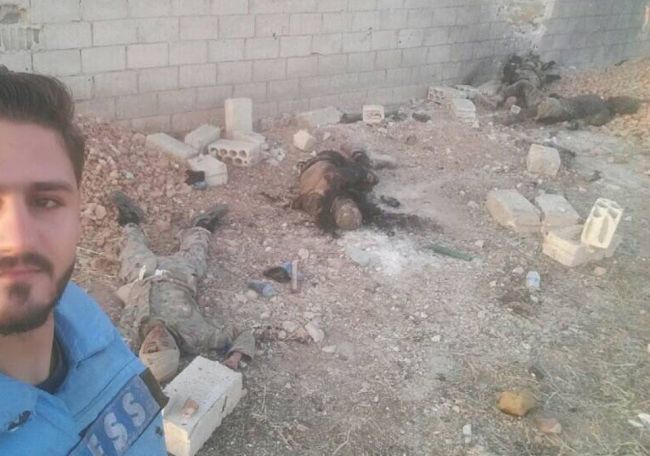
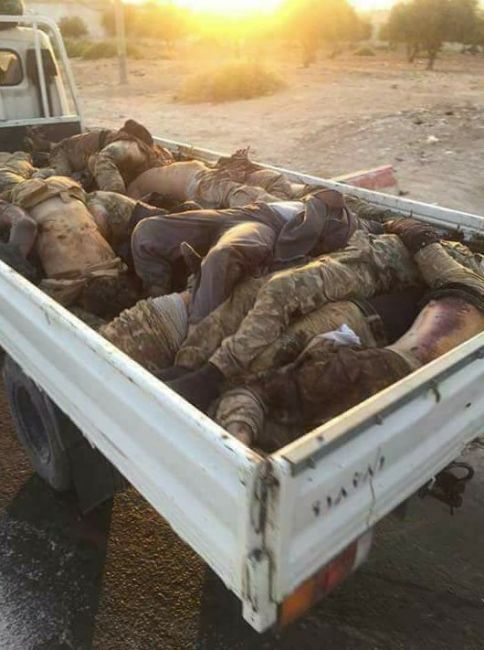
“This time, the fighters have failed to achieve serious results. After their spring attack, Hama was reinforced. The Russian air force also joined the counterattack. As a result, the attackers were rebuffed,” Lyamin said.
According to Yousaeryn blogger, the Russians struck them over 100 times within just 12 hours. “No surprise that the attack failed,” the blogger says.
The Jihadists have lost a number of vehicles, including both of their famous T-90s - the thanks Al Qaeda had boasted of in its propaganda videos. One of the tanks was captured in the south of Aleppo in Apr 2016, the other was bought from Al-Zenki. During the attack, one of the tanks was destroyed, the other was captured.
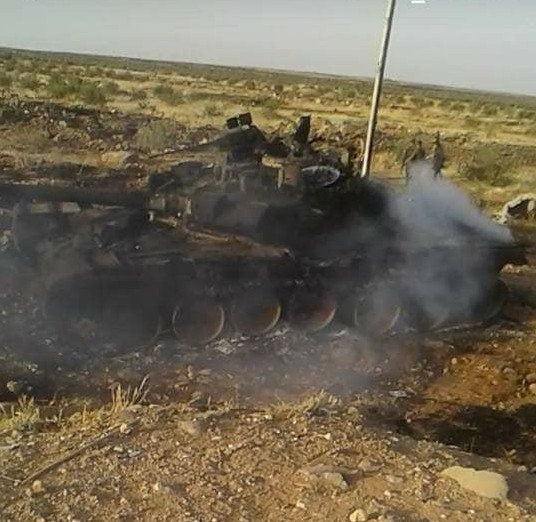
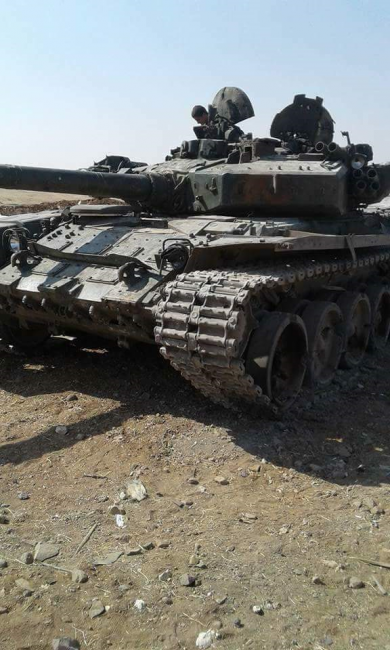
“Al Qaeda is silent about the operation but the Russians have lots of satellites and drones and are controlling all of their vehicles,” says the Plutonium General blogger. According to a The'Nimr'Tiger activist, the fact that during the operation Al Qaeda used both of its T-90 tanks proves that they pinned great hopes on it. “This may well be the last attack by Tahrir al-Sham,” says the Plutonium General blogger. The pro-ISIL Nidalgazaui blogger says that at least six of the beaten Al Qaeda attackers have joined ISIL.
It was not just a military loss but a blow on the image. Until now Syrian Al Qaeda has enjoyed full control of Idlib, with the “moderate” opposition not daring to oppose it. After the attack things changed: during a meeting in Astana on Sept 16, Turkey, Iran and Russia decided to jointly monitor the Idlib de-escalation zone and shortly afterwards, the Turks dispatched hundreds of tanks and missile systems to their border with Syria.
“In the coming weeks, we will see what else Russia, Turkey and Iran agreed on in Astana. Clearly, they will not stand the presence of terrorists in Idlib for long but they must not hurry - for their primary goal for the time being is to liberate the Euphrates valley in the east of Syria,” Lyamin said.
According to Russia’s Defense Ministry, Al Qaeda’s attack was masterminded by the U.S. special services. Their goal is to stop the advance of the governmental army in the east of Syria as they want this area to be controlled by their allies, the Kurds.

 Zelensky ordered to prepare a response to the deployment of the "Hazel Tree" in Belarus
Zelensky ordered to prepare a response to the deployment of the "Hazel Tree" in Belarus The chief TV doctor of Russia Elena Malysheva received a lawsuit
The chief TV doctor of Russia Elena Malysheva received a lawsuit "It will be a pd, like the president of France": Durov considers Macron a faggot
"It will be a pd, like the president of France": Durov considers Macron a faggot Military correspondents: In Kupyansk, the situation for our forces may be worse than previously assumed
Military correspondents: In Kupyansk, the situation for our forces may be worse than previously assumed Hooked face: popular Ukrainian blogger complained about the arrogance of Europeans
Hooked face: popular Ukrainian blogger complained about the arrogance of Europeans London is in shock: Shops all over Britain were attacked by Russian Snickers
London is in shock: Shops all over Britain were attacked by Russian Snickers